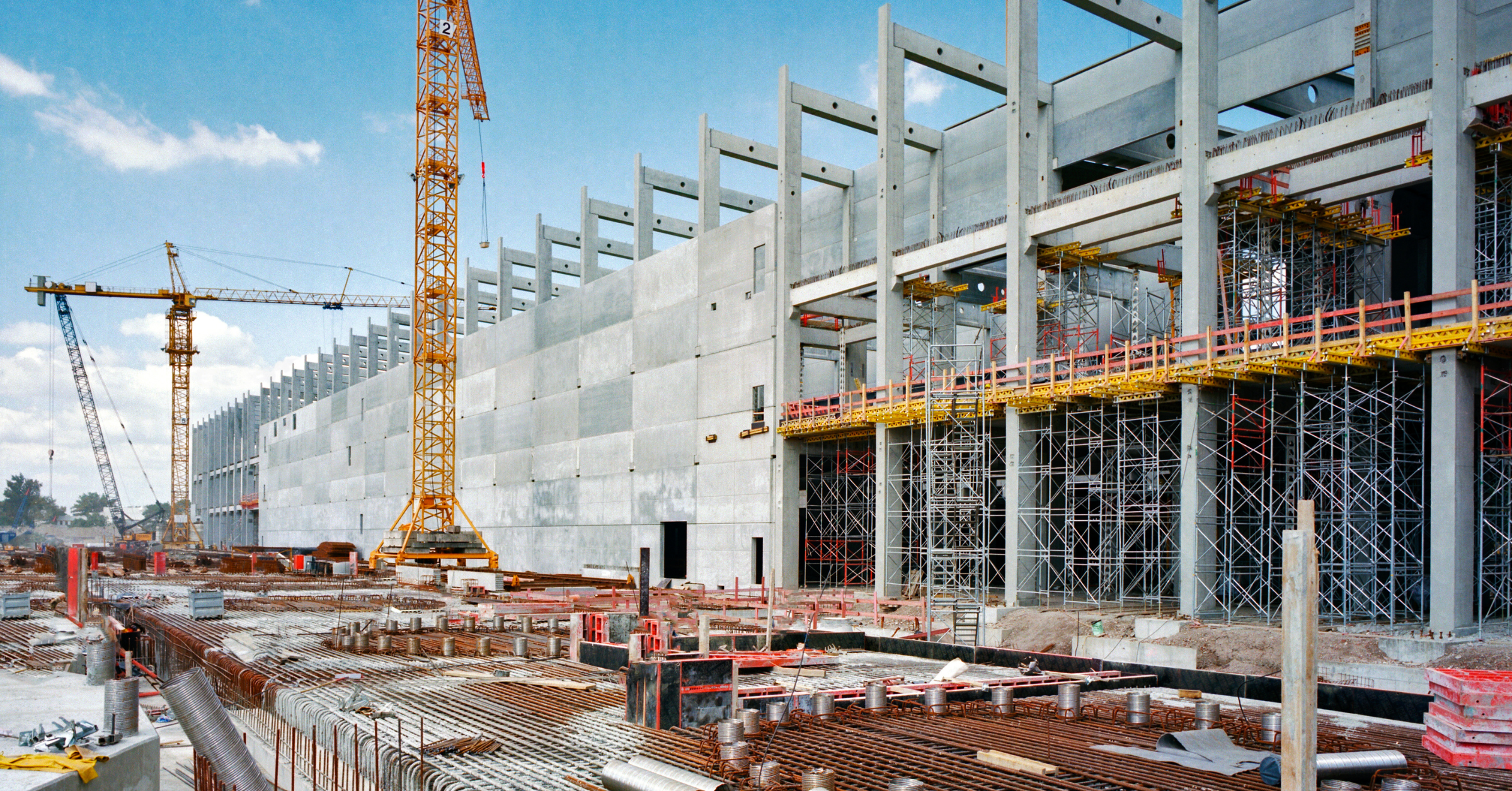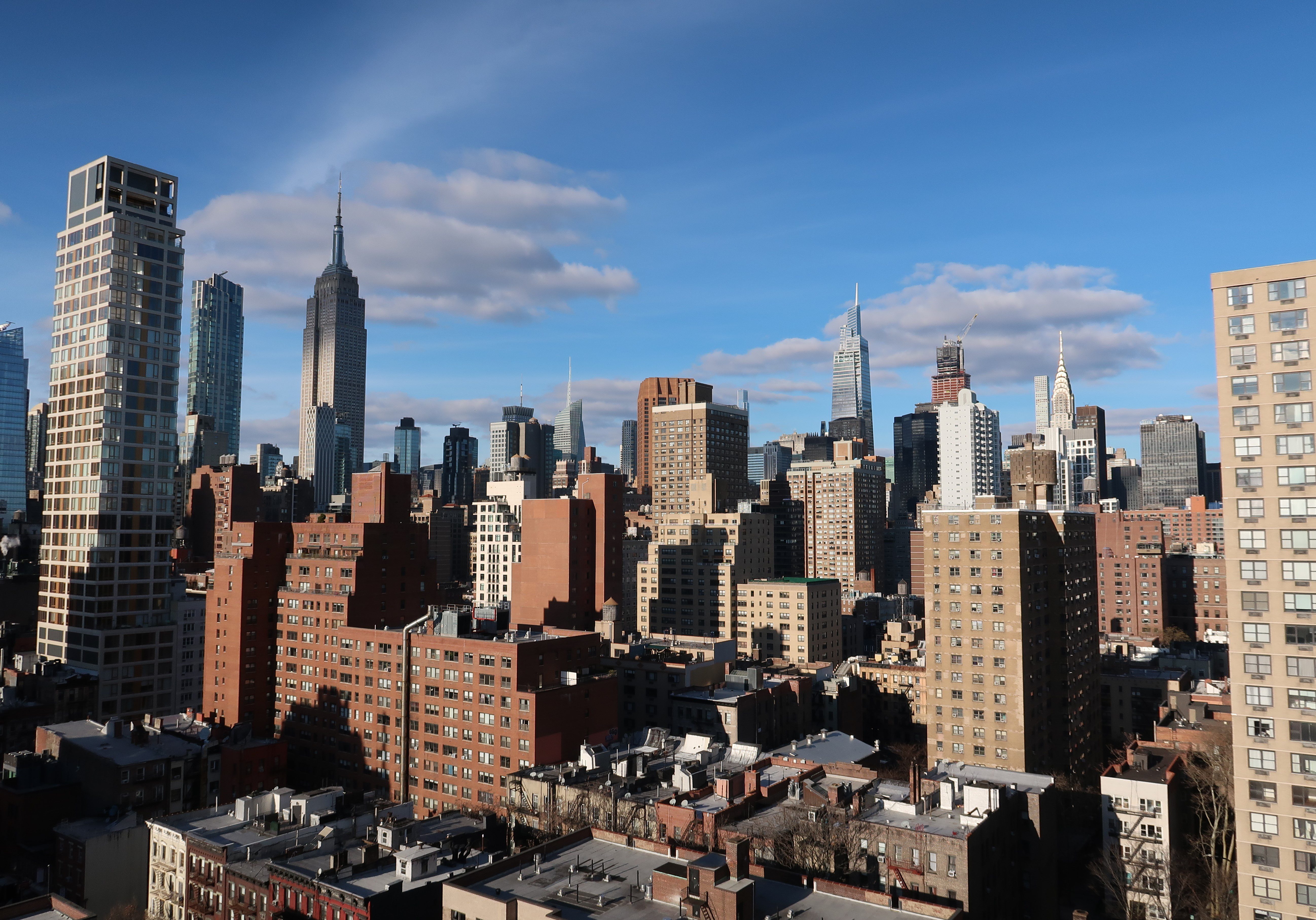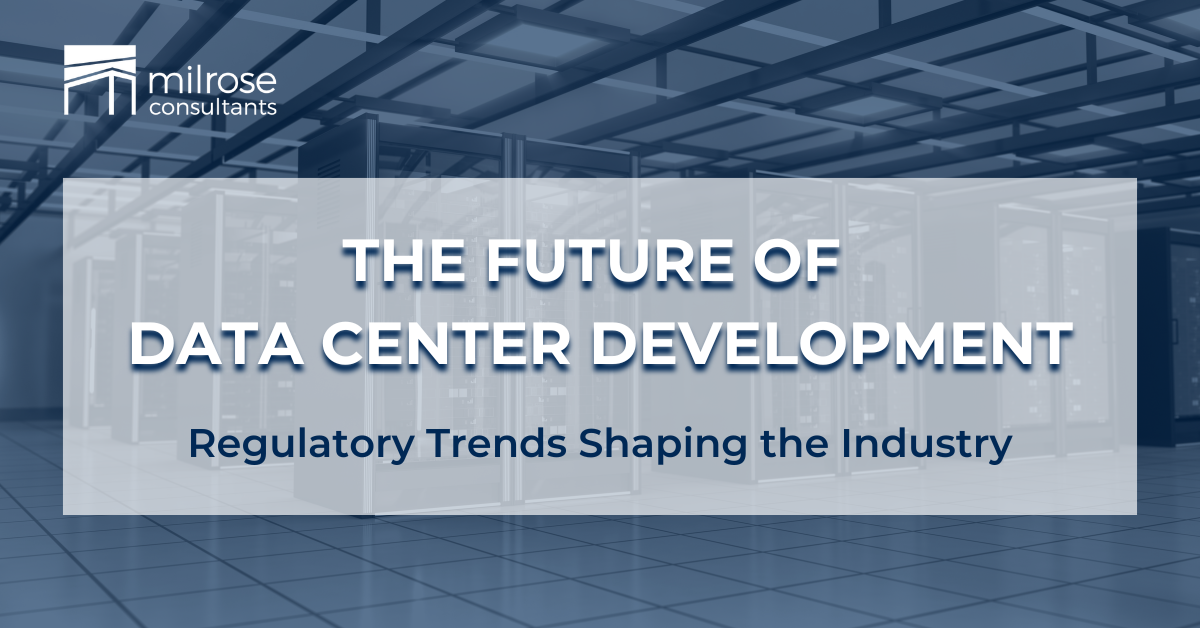There’s been a lot of conversation around bringing manufacturing and critical infrastructure back to the United States. Labor costs have narrowed, automation is helping bridge productivity gaps, and political pressure continues to grow around reducing reliance on foreign supply chains. However, one issue consistently slows or derails even the most well-capitalized onshoring efforts: permitting.
Even if a company is ready to break ground on a new facility tomorrow, it can still be two to five years before the necessary approvals are in place. That’s not an exaggeration. In many cases, just obtaining a building permit can take over a year — and that doesn’t include zoning changes, environmental reviews, or other entitlements that can add several years to the process.
There are several factors in determining a location for a new facility. One factor is permits. Conversations with industry executives reveal that building a manufacturing plant from the ground up generally takes three to five years, much of it related to the local permitting process for utilities, disposal, traffic, view, and other community concerns. Unlike federal oversight, which tends to be consistent across states, local permits can vary dramatically and risk significant delays for companies unfamiliar with local processes and requirements.
Consider the mixed-use development at 3980 W Wilshire Blvd in Los Angeles, a Jamison Services project which includes 228 residential units, ground-floor retail, and multi-level underground parking. The initial permit application was submitted in September 2016, received approval in June 2017, and permits were issued in September 2017. The Temporary Certificate of Occupancy (TCO) process has extended well into 2025, illustrating how even fast-tracked, well-managed projects in complex jurisdictions can take more than five years to fully close out. Pandemic-related factors may have contributed to the timeline, but other factors such as interest rates, materials costs, and availability can also impact schedules. View project details here.
In contrast, smaller municipalities with clear economic incentives can move much faster. The Amazon Web Services (AWS) data center project in New Carlisle, Indiana is another reference point for how approval speeds can vary by location. The entitlement process began in April 2024, county leaders gave approval by August, and the official groundbreaking took place by October. That rapid timeline, spanning just six months, was possible in part because the data center will become a major tax contributor and job creator for the region. See coverage here.
Another example of permitting flexibility can be seen in California’s response to the Southern California wildfires. The state suspended certain permitting and environmental review requirements to help accelerate rebuilding efforts. However, it’s important to note that state incentives or mandates often do not extend to critical infrastructure projects, meaning that even when permitting is fast-tracked, the overall process for large-scale developments may still face significant delays. Read more here.
At the heart of this issue is timing. What is typically a two- to five-year process becomes increasingly difficult to justify when tariffs are temporary and political shifts can dramatically alter the economic landscape. Companies are not only weighing construction costs and labor markets; they are also asking whether they can build with certainty before conditions change.






